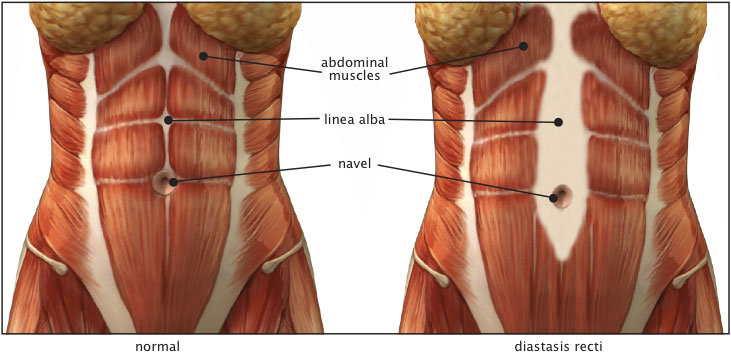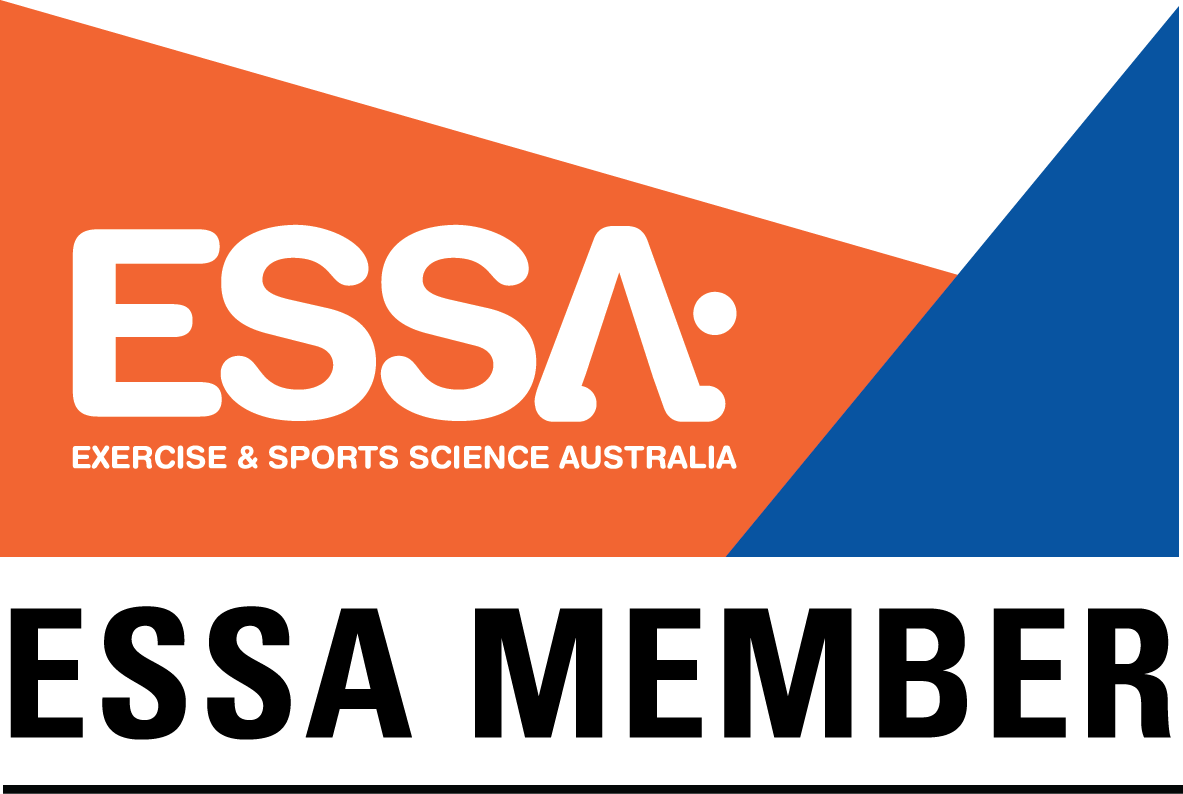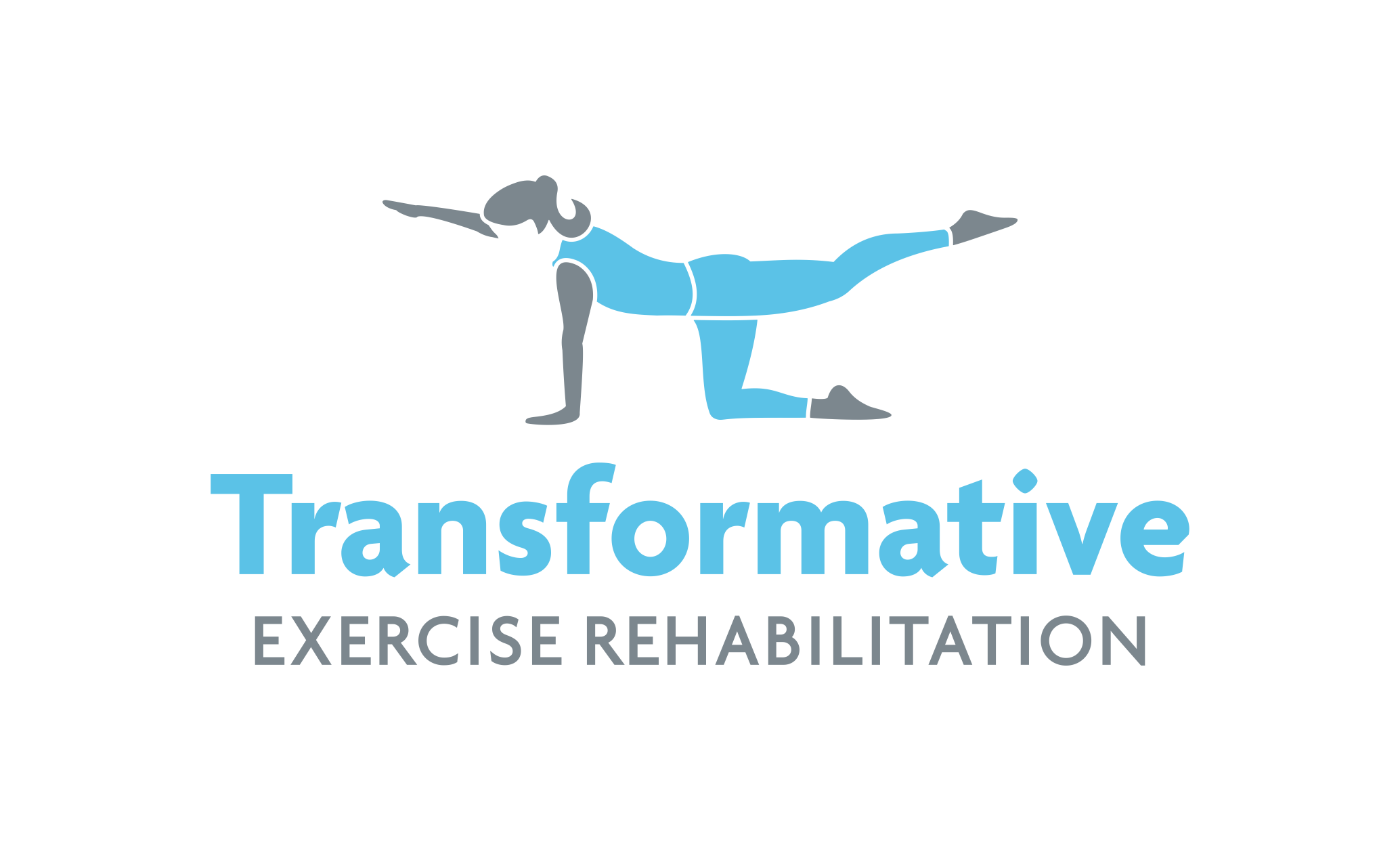Women's Health
Pre-Natal (Ante-natal)
Exercise is an essential component in the maintenance of wellbeing during pregnancy and beyond, and it doesn't matter if you were physically active or not prior to becoming pregnant!
Exercise therapy assists to improve and maintain the physical conditioning required for labour and motherhood and speeds recovery after your baby is born.
Exercise can assist to relieve common complaints such as constipation, backache, pelvic or hip pain, aching joints, insomnia and fatigue.
Safe and effective exercise therapy can also treat and manage more severe complications such as
Improving your core muscle and pelvic floor strength and function reduces the risk of abdominal separation, pelvic organ prolapse, and incontinence post-partum, which is more common than you think!
1 out of 3 women
Around 50% of Australian women will develop some form of pelvic organ prolapse in their lifetime.
In many
Exercise therapy can assist to treat and manage anxiety and depression whilst pregnant or after your baby is born.
Post Natal & Mother's with Older Children
Exercise can assist new mothers or mothers with older children in several ways.
For new
If you have experienced medical or physical complications during pregnancy, during the birth of your baby or after your baby was born, you should be assessed by an exercise physiologist prior to commencing structured physical activity.
Whether you gave birth recently or years ago, exercise therapy can assist to regain your core and pelvic floor muscle function and strength, assisting to treat issues such as pelvic floor dysfunction and incontinence.
Exercise improves and maintains your physical conditioning, assisting you to combat physical fatigue and low energy.
Exercise assists to improve symptoms of depression and anxiety.
Programs developed by exercise physiologists are safe for women who had caesarean sections or other complications during labour and birth.
Exercise, with the addition of a wholesome diet, can also assist you to lose excess weight after pregnancy.
Breast (or other) Cancer
Exercise plays an integral role in the treatment and management of breast and other cancers.
Cancer diagnosis and treatment can be a very difficult time for the cancer sufferer and their family. Embarking on an exercise program may not be on the top of your list of things to do. However, research has shown exercise assists by reducing the overall side effects experienced during treatment and improving outcomes during and after treatment.
Exercise assists to reduce common symptoms of cancer and chemotherapy such as nausea and fatigue.
Exercise assists to reduce the incidence of and manage lymphedema (fluid swelling in the arm due to the removal or damage of lymph nodes during treatment), which is a common complication after breast cancer treatment.
Exercise therapy will assist your recovery by helping you to maintain muscle mass and by improving cardiovascular function which assists to combat fatigue. Exercise therapy improves flexibility, helps to maintain bone mineral density, and importantly, helps to maintain mobility and function for your normal daily activities. Exercise also assists in preventing excessive weight gain.
Exercise also assists to improve symptoms of depression and anxiety.
Abdominal Separation (Diastasis recti abdominus)
Do you have abdominal separation? This can occur in both women and men, however, it is most common in women with children.

What
The rectus
Why is diastasis recti (DR) a problem?
The core muscles provide stability for the spine and assist with correct posture. They control movements such as trunk flexion, rotation and extension, assist with breathing and provide pelvic stability. If your core muscles are weak or not functioning correctly, you are vulnerable to lower back pain and injury.
Your pelvic floor is also a core muscle and should be working in harmony with your other core muscles, especially when you are lifting heavy items or exercising with DR. Restoring the synergy of your core muscles is essential in restoring correct function.
If you think you may have DR and would like to speak to us, please click on the button below.
OUR DETAILS
Telephone: 0400 754 287
Fax: 07 40279460
Mobile Service Cairns & Cairns Area
Clinic 2B Mt Finnigan Court Smithfield 4878
Anytime Fitness Gyms (by appointment)
ABOUT US
FOLLOW US

